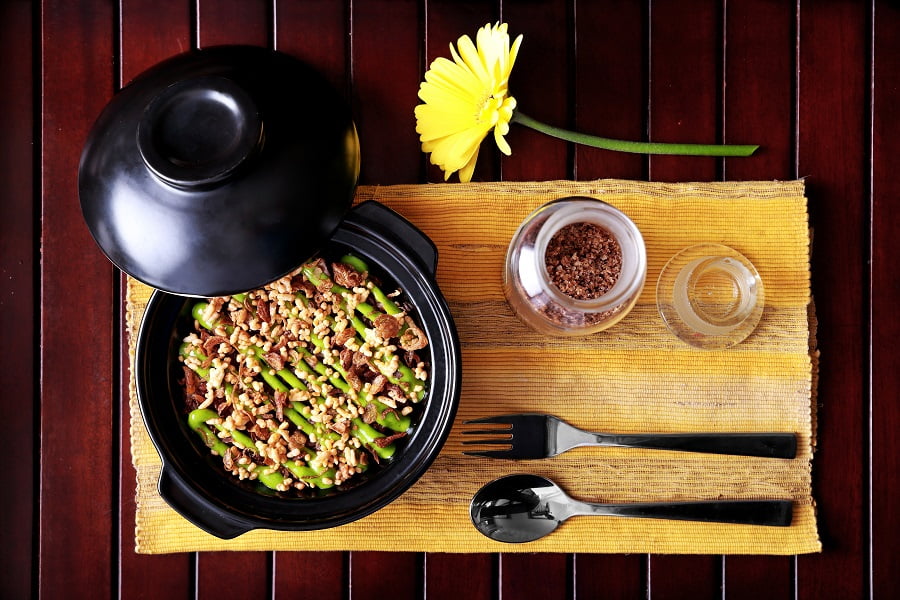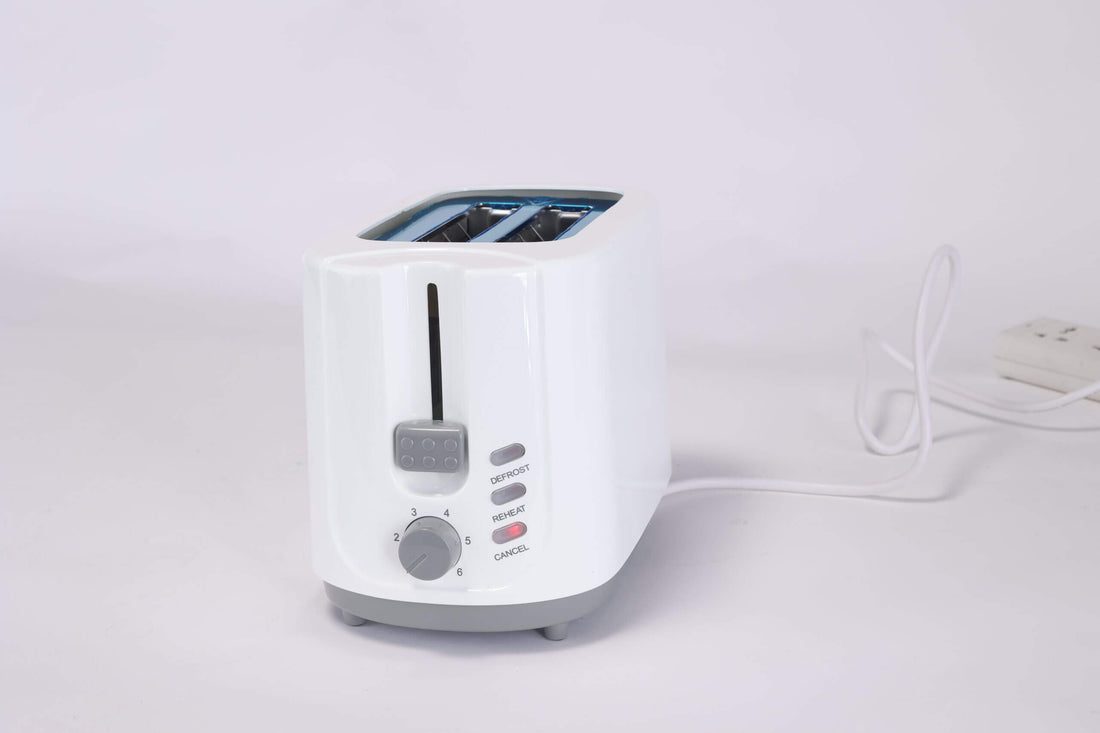
The clay pots for cooking, which are essentially a roasting dish with steam heating, were marketed as the ideal cooking vessel for individuals looking for a hands-off cooking experience with no added oil. Clay pots employ a unique way of steaming meals inside the enclosed pot to gently simmer and braise dishes of all sorts without the necessity of extra oil or fats, thanks to its naturally porous surface. Clay pot cooking involves combining chicken or meat with a bit of liquid, vegetables, and seasonings to achieve the softness of a braise with the crispiness of roasting.
Most of the cooking is done with the cover on, but it can be removed to get a golden-brown finish when the dish is nearly done. The crunchy surface of bread cooked in a clay pot contrasts with the delicate, moist interior. Some clay bread bakers resemble metal or glass loaf pans, while others include a lid. Typically, the pot’s cover is remained on until the meal is almost done cooking. The cap is then removed, displaying your meal’s golden-brown finish. The most debatable fact of this pot is its beneficial effects. As the food is devoid of cooked in toxic chemical-coated cookware, that’s why the health results are apparent.
How to use clay pots for cooking
Before using the pot, soak it in cold water for 10 to 15 minutes. Never place a clay pot in a preheated oven because the shock of the heat can cause it to shatter. To progressively change the moisture that has saturated the clay into steam, bake at high temperatures (400o to 475o F). Cooking in a clay pot does not necessitate the use of additional oil. Like you, use extra fats just as a flavoring with microwave cooking. A heated clay pot should is not placed on a cold or cool surface because it will fracture.
When taking it out of the oven, always lay a hot pot on wood or heat-resistant trivet or potholder. On top of the stove, clay pots should not be used. Add liquids in small amounts. Add liquids in more negligible amounts at a time, as any item you’re cooking may release fluids, and you don’t want the pot to overflow. A clay pot will continue to cook after removing it from the oven because it retains heat. So, you should count it in cooking time and remove the lid and the dish from the oven as soon as possible.
Construction of clay pot
The construction and design of clay pots are the keys to their superior cooking powers. The naturally porous surface of the clay pot, which is made of high-quality clay, allows water to steam the food as it heats up in the oven. This steaming method seals in flavor and nutrients without the need for additional oil or fat, making it an exceptionally healthy cooking method. A tiny space between the cover and the bottom part of the pan helps manage steam pressure and allows your roasts to develop a crisp crust on the exterior. As the food cooks within, a wonderful braising liquid will naturally form in the bottom area, which may be used in gravies or as a jus over your cooked meal.
Cleaning Up
The beauty of a clay pot, or any clay pot for that matter, is how easy they are to clean. Remove any residual food from the dish and scrub it with a stiff bristle brush in hot water to clean it. Metal scrubbers are avoided since they can cause gouges in the clay. The sponge that isn’t abrasive is fine. There is no need for special cleaners or degreasers to remove excess baked-on oil because no extra fat is added to these clay bakers before cooking. All that’s necessary is a thorough cleaning. Allow a day for both lid and base to dry on the counter before storing to ensure no moisture remains in the clay.
Benefits of using clay pots for cooking
Clay cookware is non-toxic and made entirely of natural materials. It will not harm you in any way, and when cooked, it will not emit any harmful chemicals. A clay pot can only hurt you if you drop it on your foot, which will cause extreme agony and very certainly result in a fractured foot. There are no chemicals in clay cookware that are harmful or hazardous in any way.
Clay pots are made of alkaline clay that is found in nature. This function allows it to interact with the acids in the dish while it’s cooking, restoring pH equilibrium. Heat and moisture can move evenly during the cooking process because clay pans are porous. Meals made this way have a higher nutritional content than those prepared using other methods. Excessive use of oil in cooking is one of the leading causes of weight gain. Clay pots are one of the best ways to make your meals less oily since they cook with very little oil. The dish’s aroma is kept when cooked in an earthen or clay pot.
Conclusion
Using clay pots for cooking provides several health advantages (earthen). Clay pots are made by hand. As a result, there are no hazardous chemicals utilized in pottery manufacturing. The clay pot retains all of the nutrients in the food. When food is made using earthenware utensils, it tastes better and is healthier. Clay Potts assists in neutralizing the Ph balance by interacting with the acids in the diet. It has the potential to be excellent and long-lasting and capable of preparing meals comparably and appropriately. It maintains the natural moistness of the dish. After it’s been designed, this keeps your fresh and tasty food.





